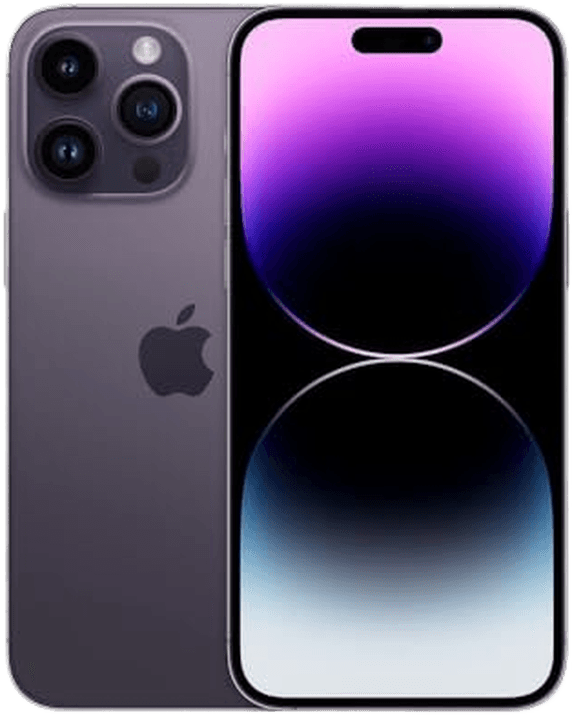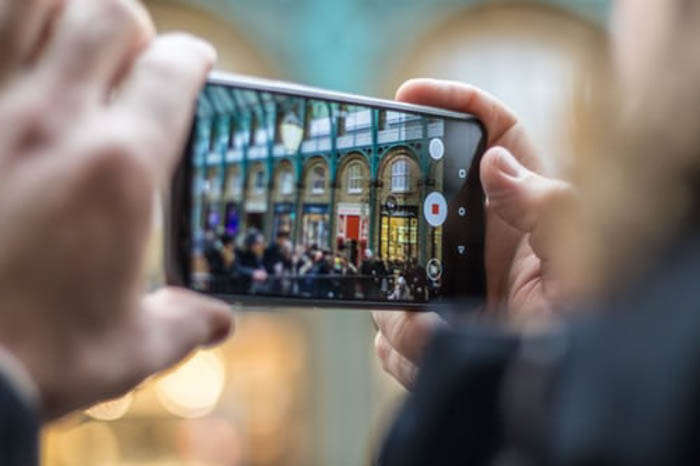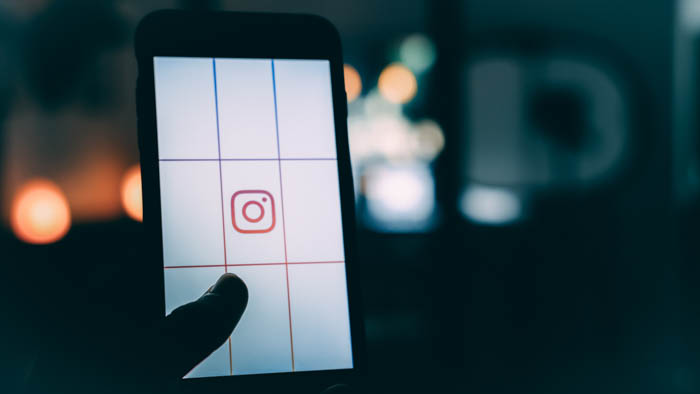In the iPhone vs Android camera debate, there’s no clear winner. Well, there’s one clear winner. And that is the user. The latest and best iPhone and Android phones have astonishing cameras.
The compact camera sector is increasingly squeezed. Because why pay a few hundred dollars for an extra thing to carry when your phone does such an amazing job? The old adage says that the best camera is the one you have with you. And that has never been more true.
So we have the unusual position of two winners. They are the Apple iPhone 14 Pro Max and the Google Pixel 7 Pro.

Don’t be fooled by the “Pro” name. These cameras are remarkable. But if your wedding photographer turns up with nothing but a Pixel 7 Pro, that’s a problem. But these camera phones are fantastic for lots of other uses.
But the “Pro” name separates these phones from their “amateur” stablemates. The iPhone 14 has 12 MP, but the 14 Pro boasts a 48 MP main camera. It also adds a 2x and 3x telephoto to the .5x and 1x.
With the Pixel 7 and Pixel 7 Pro, the Pro gets a whole extra camera (like the iPhone). And it’s a whopping 48 MP with an optical 5x zoom. However, even the non-Pro version enjoys a 50 MP wide-angle main camera.
Choosing between the best iPhone and Android phones comes down to personal preference. When I look at side-by-side comparisons, I often prefer the one the reviewer likes less. And, of course, it might simply come down to which operating system you prefer.
Price
There’s a clear winner here: Android. You can buy phones running the Android OS for insanely low prices. And many of them will be a step up in performance if your current phone is more than a couple of years old.
Apple has gone some way to appeal to the less expensive end of the market. The SE selection of iPhones and Apple Watches land firmly in the middle price range. And there is usually a mini version of the previous flagship. This gives a slightly stripped-down version at a more appealing price.
But if you want a cheap phone, Android is the answer. And there are some good answers. The Redmi Note 11 is one of the most impressive budget Android phones. If the four-camera setup isn’t enough for you, the Pro version upgrades each of those cameras. It has a 108 MP main sensor, an 8 MP ultra-wide, 2 MP macro, and a 2 MP depth sensor.
Hardware
Apart from the price, you’ll want to look at the physical features that iPhone and Android phones offer.
Hardware varies a lot from one phone to another. Even iPhone models differ in the features they offer. But in general, the iPhone has a uniform look and parts.
On the other hand, there can be plenty of variety for Android phones. And the reason is that there are dozens of manufacturers that create Android devices.
The most common hardware difference is size. This is a matter of preference, and iPhones and Androids come in a variety of sizes. The most striking difference is the advent of the folding phone.
Samsung is leading the way for the Android OS. Their Samsung Galaxy Z Fold 4 unfolds into a mini tablet. And the Z Flip looks more like an old-school flip phone. The jury is still out as to whether the folding phone is the future.
In general, there’s more variety and choice with Android. And there’s more conformity with Apple.
Resolution
It’s easy to find out how many megapixels a phone’s camera has. But it’s not as easy to know how well those pixels are used. Or to know how good the pictures will be. There’s a good chance that your 108 MP sensor might not give you photos as good as your 26.1 MP Fujifilm X100V.
That’s because the image relies on the lens and physical sensor size, not just the pixels. It also depends on the quality of the sensor and the software processing. Software is where phones make up for the compromises demanded by a smaller sensor.
All other things being equal, more megapixels will improve image quality. But watch out on budget phones. Their lenses might be plastic rather than glass. This will make a difference.
Other cameras from reputable manufacturers that deliver a lot of photographic punch include the Nokia G10. You get a triple camera, with the largest delivering 13 MP. Or the Samsung Galaxy A12, which has a quad-camera setup. The main camera boasts 48 MP, and there are ultra-wide, depth, and macro cameras to encourage your creativity. Samsung phones have impressed for years with the quality of their phone cameras.
Portrait Mode
Multiple cameras have a variety of functions when it comes to smartphone photography. Of course, you can choose the telephoto or wide-angle lens individually for zooming in or taking close-up shots.
You can also use the two simultaneously to create photos with background blur.
If you want to learn how to make photos look professional, simply turn on Portrait Mode on the iPhone or Live Focus on Samsung devices.
Then the multi-camera setup does its magic to create bokeh shots that look like they’re taken with a DSLR.
For the most part, both the iPhone and high-end Android phones do a really good job. They both create professional-looking background blur.
Real DSLRs achieve this effect through the use of lenses. But these mobile devices use software in conjunction with the dual lens instead.
The multiple-lens setup works to create a “depth map.” This helps the phone calculate the distance between the subject and the background. Then it uses software to blur the background.
In other words, these phones replicate the bokeh effect. The dual camera lenses aren’t enough to create it naturally.
The caveat of using this technology is that it tends to be hit or miss. Android devices and iPhones equally suffer from miscalculating the background blur. Sometimes it even appears too fake.
Fortunately, technology keeps improving. Newer phones do a better job of creating realistic bokeh.
Native Camera Apps

The native camera app of the iPhone and Android have many similarities. The locations of the buttons and selections may be different, but they all work the same.
Both the iPhone and Android share the same features. In most cases, the only difference is what they call certain functions. For instance, Portrait Mode on an iPhone is called Live Focus on an Android device.
In many ways, the iPhone and Android are a tie when it comes to this category. Both native apps are easy to use.
It’s just a matter of getting used to it. Especially if you’re more familiar with one platform than the other. But it doesn’t take long to figure out that they’re very similar.
Third-Party Apps

Apps are as important as the camera features on your phone. That’s why you need to choose a device that is compatible with the apps you want to use.
For years, Apple has had tight control over the apps it accepts in its app store. That means it has fewer choices than Android.
But the apps on Apple’s app store have better user satisfaction. The reason is that the company has strict guidelines that ensure the quality and safety of the apps they offer.
On the other hand, Android has plenty of apps, but some are hit or miss. Many of the apps tend to suffer from more bugs and glitches. These are due to the differences between the software and/or hardware of various Android phones.
Android also doesn’t offer updates as often as Apple. As a consequence, it becomes even more susceptible to faulty apps. And this is one of the reasons why some apps end up becoming incompatible with some Android devices.
The good news is that many camera/editing apps such as Lightroom and VSCO work with iPhone and Android. Afterlight is also available on both platforms. That means both platforms get to enjoy the benefits of the best digital photography tools.
Conclusion: iPhone vs Android Camera
There are plenty of variables to consider when buying a smartphone. But for the most part, choosing between iPhone and Android is all a matter of preference.
If you love having dozens of features, then Android is the best for you. But if you want a phone that offers a seamless experience and still takes great photos, the iPhone is a great choice.
Don’t get stuck on the brand. Instead, do your research and look at all the specs of the device you want to buy. If it has everything you need for taking photos, then that’s the best smartphone camera for you.
And once you’ve chosen, don’t just rely on the presets. Learn how to get the best from your smartphone camera, and put it to use!



